Vitamin A
•Last Updated: January 8, 2024
Vitamin A describes a group of metabolites involved in cell and tissue growth, and several bodily functions, including vision, bone metabolism, and immune function. Vitamin A metabolites include preformed vitamin A — retinols, retinals, retinyl esters, and retinoic acids — and precursors (i.e., provitamin A molecules) like beta-carotene, which can be converted by the body into the other forms of vitamin A.
Vitamin A is most often used for.
Last Updated:January 8, 2024
1.^Institute of Medicine (US) Panel on MicronutrientsDietary Reference Intakes for Vitamin A, Vitamin K, Arsenic, Boron, Chromium, Copper, Iodine, Iron, Manganese, Molybdenum, Nickel, Silicon, Vanadium, and Zinc.()









